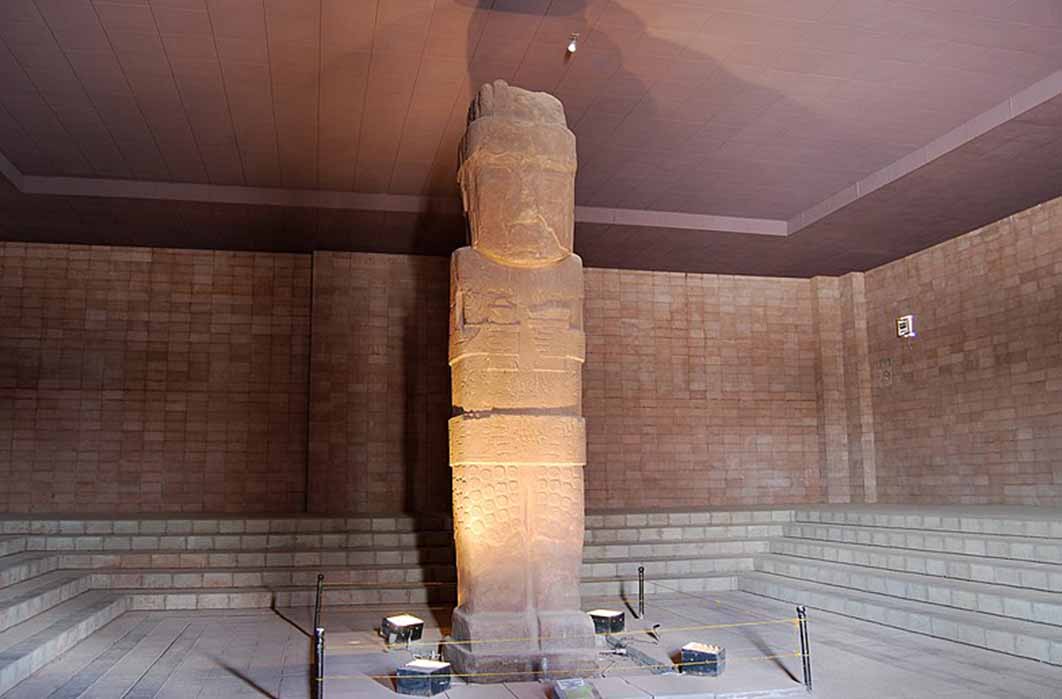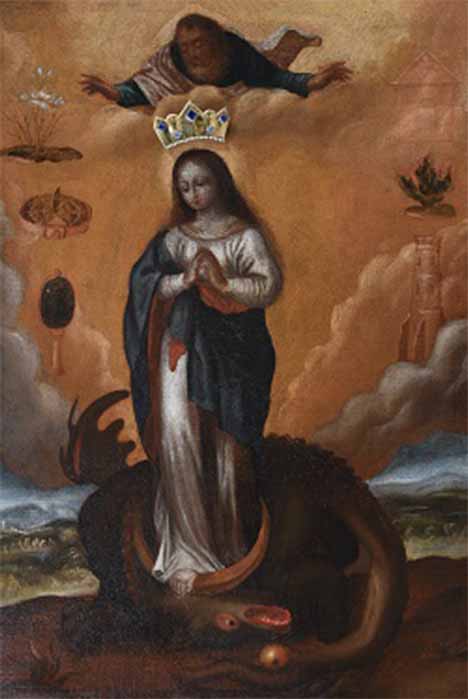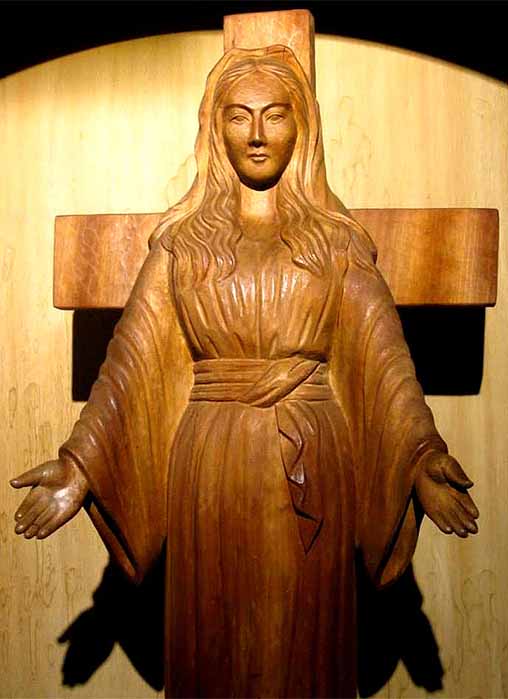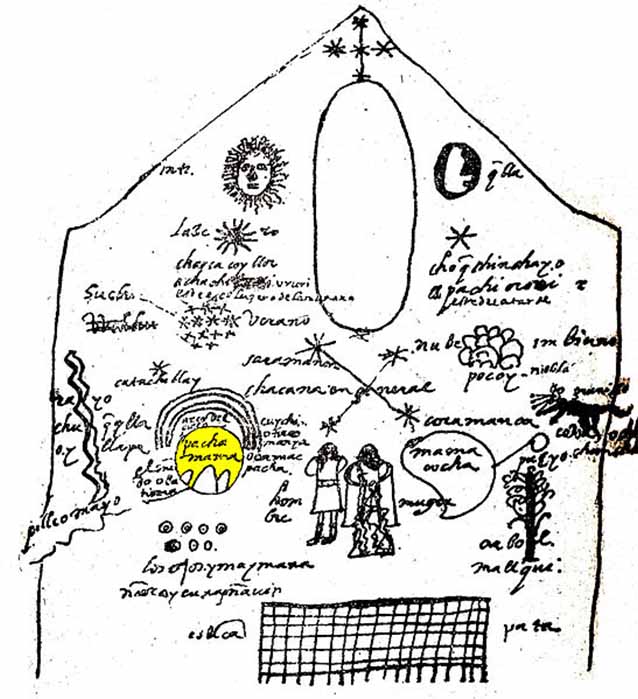
Transformation Of Andean Earth Goddess Pachamama Into The Virgin Mary
The blessed Virgin Mary has a long and dignified reputation within the Catholic church ever since her first appearance in the Biblical narrative of the Annunciation (Luke 1:26), where she is described as a first-century Jewish woman living in Nazareth, in Galilee. As the wife of Joseph and the mother of Jesus, Mary was a young virgin chosen by Yahweh to conceive Jesus through the Holy Spirit, and after giving birth to Jesus in Bethlehem she raised the Savior in the city of Nazareth, attended his crucifixion in Jerusalem and joined the apostles after his ascension.

Miraculous Icon of Our Lady of Tartaków, in the Blessed Virgin Mary Church in Łukawiec, Subcarpathian Voivodeship, Poland. (Public Domain)
While many millions of people worship Mary as a real person who actually lived, many others see her as the primary archetype of the ‘sacred feminine,’ which is widely recognized all over the world. Either way, in the 16th century churchmen corrupted Mary and used her as a rebranding tool in the wars against the ancient Earth Mother goddesses of Andean South America.
Pachamama Vs The Virgin Mary
Numerous instances of ‘Our Blessed Mother/Lady’ appearing in cities, caves, churches, rural homes and monasteries have been recorded, but the Catholic church has strict criteria for such events to comply to before they officiate miracles. Classified by the Catholic church as “Marian apparitions” the so-called ‘seers’ who claim to have seen the Virgin manifesting, must have seen her appear in the particular environment claimed, and before the church authenticates an apparition, dreams and visions are first ruled out. When it comes to weeping statues which appear to supernaturally shed tears, experiencers have to first prove that the ‘tears’ are not anointing oil, drops of perfume or blood. In 2002, when a statue of Saint Padre Pio of Pietrelcina in Messina, Sicily, started crying blood one day, church officials tested the tears and found them to be modern female blood and quickly dismissed the supernatural claims as a hoax.

The weeping statue of Our Lady of Akita apparition in Japan (SICDAMNOME/ CC BY-SA 4.0)
While the Virgin Mary represents the divine feminine in the Christian world, earlier Greeks personified the earth in Gaia, the Great Mother goddess of creation, and 20,000 years prior to the emergence of Gaia, the Palaeolithic Venus of Willendorf perhaps represented the counterpart of the male gods. Six hundred years ago, before the Spanish colonization of Andean South America, the divine feminine representative was a female embodiment of the earth called Pachamama, from the words Pacha (earth) and Mama (mother). The 2004-book The Resurrection of the Inca: The Role of Indian Representations in the Invention of the Peruvian Nation mentions she was also known as ‘Mama Pacha’ and ‘La Pachamama,’ all meaning World Mother, and in the Aymara and Quechua languages she governed the success of all germination, planting, growing and harvesting and also embodied the mountains and earthquakes.

Representation of Pachamama illustrated in ‘Cosmology,’ by Juan de Santa Cruz Pachacuti Yamqui Salcamaygua (1613 AD), after an image discovered in the Qurikancha Temple of the Sun in Cusco, Peru (Public Domain)




